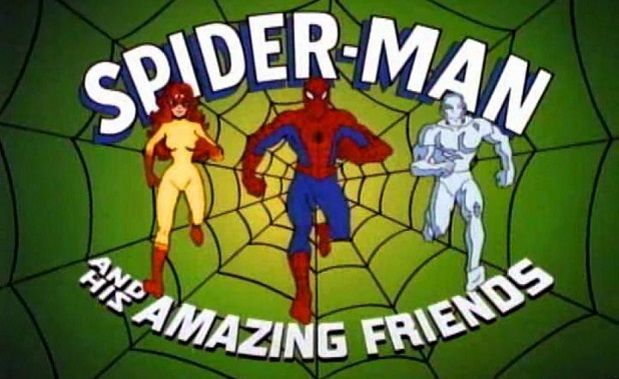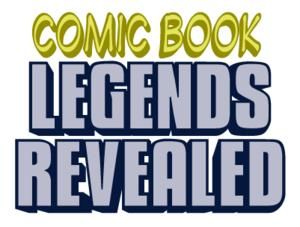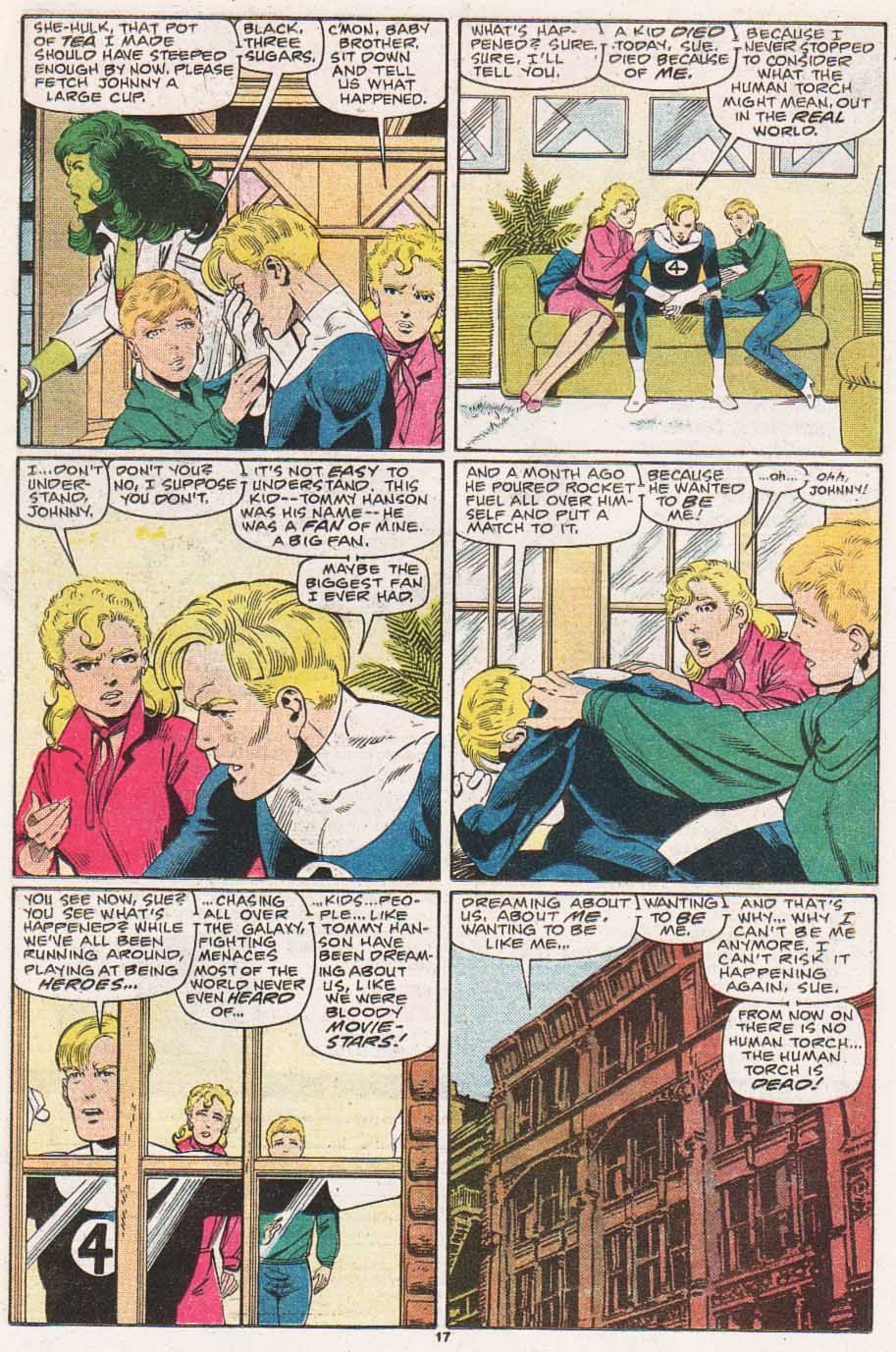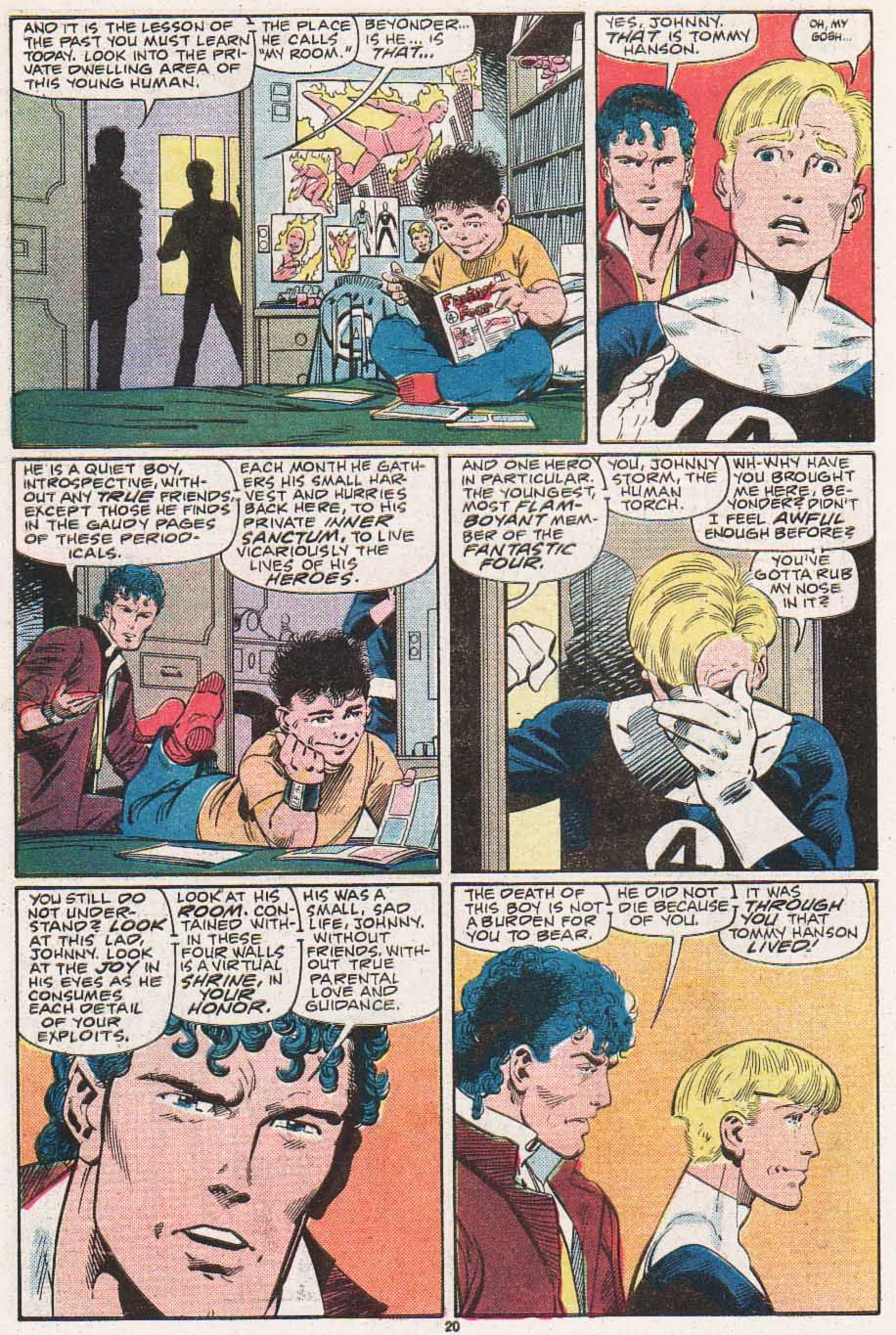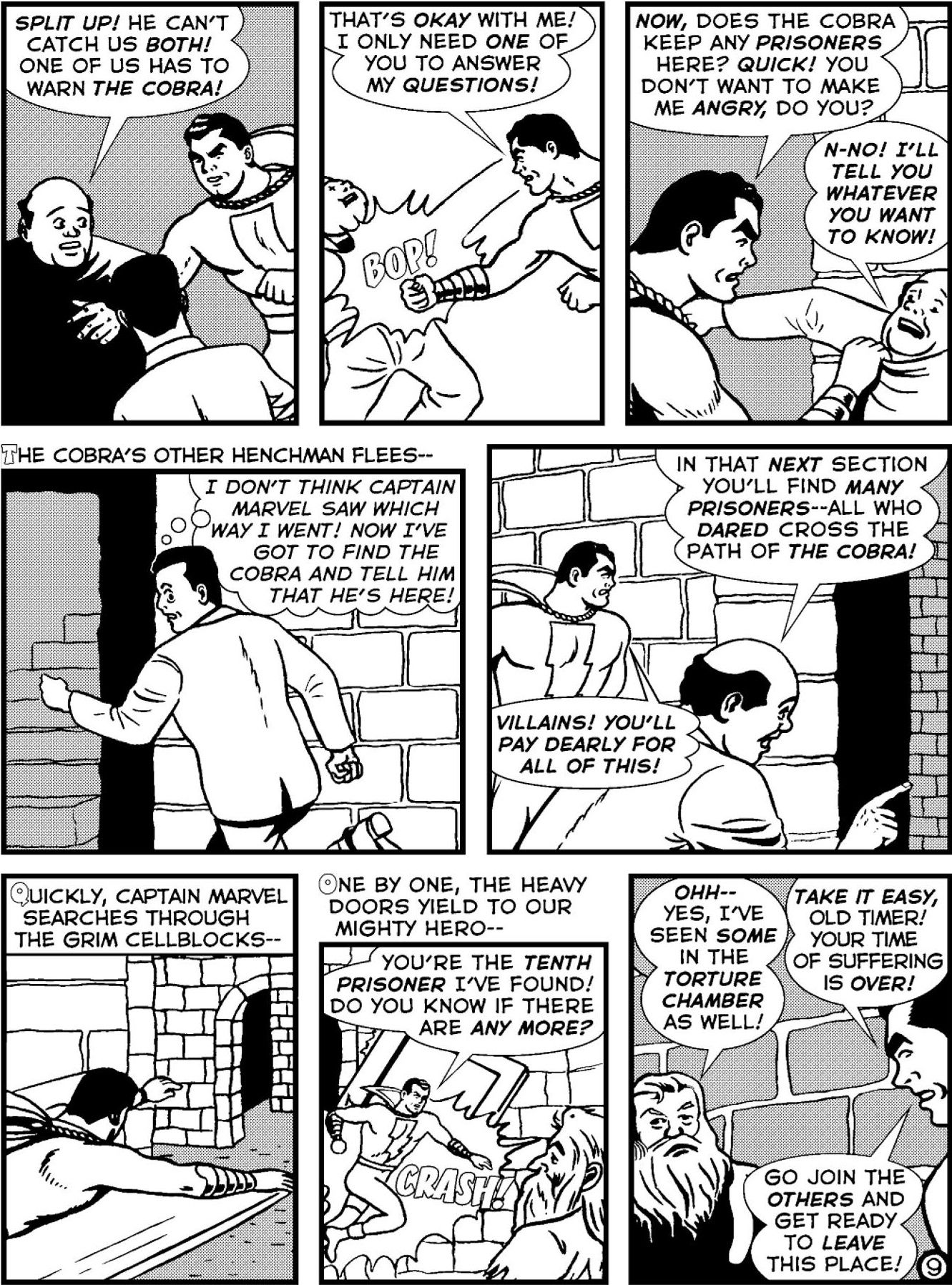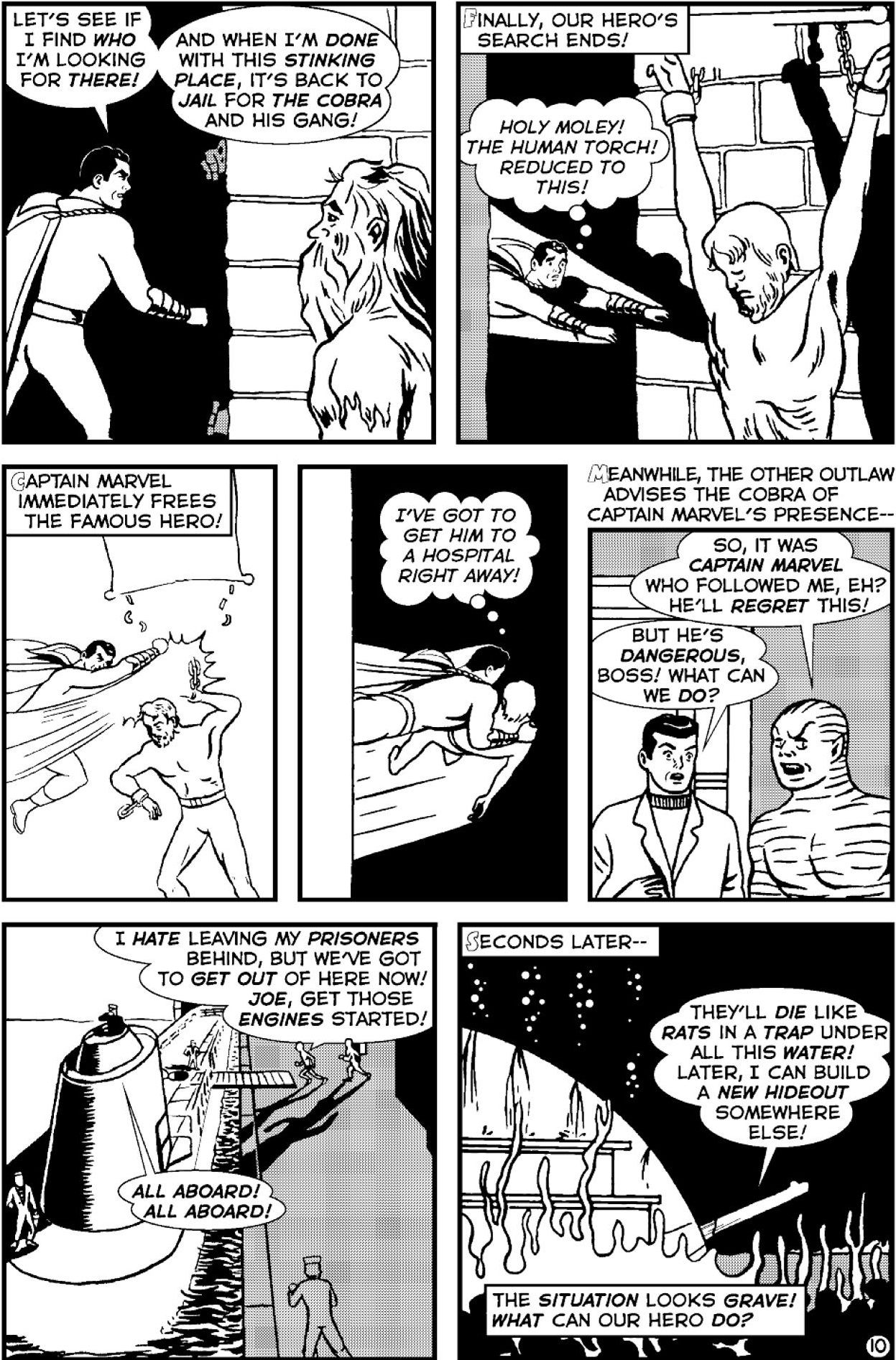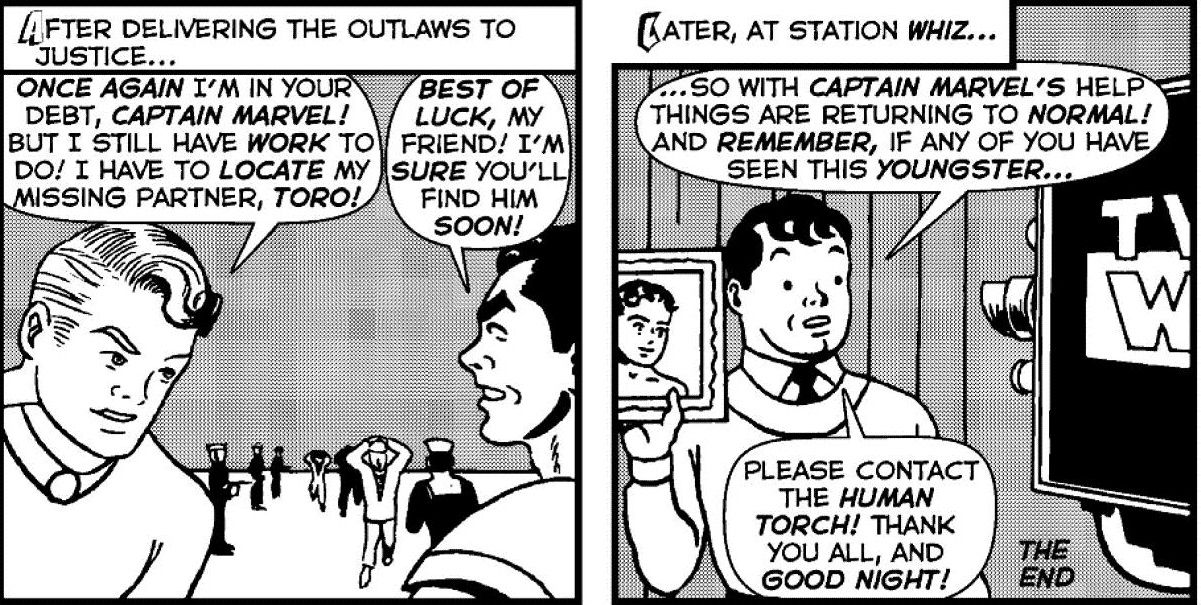Welcome to the four hundred and eighty-sixth in a series of examinations of comic book legends and whether they are true or false. Click here for an archive of the previous four hundred and eighty-five. This week, oddly enough, is a Human Torch theme week. Did Marvel omit the Human Torch from Spider-Man and His Amazing Friends over fear of kids setting themselves on fire? Speaking of kids setting themselves on fire, was John Byrne's classic Fantastic Four issue on that topic originally written WITHOUT the Beyonder in it? Finally, did Captain Marvel (Billy Batson) have a team-up with the Human Torch (the android version) during the 1960s?!? In Brazil?!!
Let's begin!
NOTE: The column is on three pages, a page for each legend. There's a little "next" button on the top of the page and the bottom of the page to take you to the next page (and you can navigate between each page by just clicking on the little 1, 2 and 3 on the top and the bottom, as well).
COMIC LEGEND: The Human Torch wasn't on Spider-Man and his Amazing Friends over fears that kids would set themselves on fire.
STATUS: I'm Going with False
Last week, I dealt with a legend involving the early 1980s series Spider-Man and His Amazing Friends and Firestar's role on the series.
The discussion about Firestar turned to what role, if any, the Human Torch originally had on the series.
One popular theory, advanced even by the late, great producer of the series, Dennis Marks, was that Marvel was going to have Human Torch on the series but were afraid about kids setting themselves on fire after watching the Human Torch.
This was a very popular rumor at the time, even among people who worked on Marvel's shows, but it was the same exact rumor that was debated for the Fantastic Four series of a couple of years earlier where the Human Torch was replaced by H.E.R.B.I.E. In the 1978 Fantastic Four cartoon series, the Human Torch's absence was actually based not on a fear of fire but over a rights issue (as discussed in one of the very first Comic Book Legends Revealed). Seeing as how Spider-Man and His Amazing Friends was created just three/four years later, it seems likely that, again, the rights problem was the issue. In addition, the stories about the fire fear are so similar to the ones from a couple of years earlier that it seems hard to believe it was anything but the same stuff being repeated a couple of years later. When you add to this the fact that, under this theory, Marvel was afraid kids would set themselves on fire if they used the Human Torch so they replaced him with ANOTHER hero who sets stuff on fire, Firestar, it just doesn't make sense, It looks like rights to the character was always the issue. Although honestly, I would not be surprised if a desire for diversification would have won out even if there wasn't a rights issue (you know, better to have one female character and two male than three males).
A more interesting discussion is whether the Human Torch was EVER involved in the series. The rights issue had just come up in 1978, so it seems unlikely that Marvel wouldn't be aware of it in 1981/82. In addition, as Marks has noted (and I cited in last week's column), when he came aboard the series, nothing had been agreed on except the very basic concept of the series, and by this time, Firestar was already part of the package (this is another reason why I tend not to take Marks' theory about the fire issue too seriously. Just like other people who have repeated it, like show writer Christy Marx, he was telling a story well after the fact and when he was not directly involved). In other words, there never was a show with the Human Torch that was then changed to Firestar. If the Human Torch was ever considered, it was dismissed at such an early stage that I don't think that it would be fair to say that Firestar REPLACED the Human Torch, as the Human Torch was never really part of the project. He might have been considered, and he was certainly the inspiration for the Firestar character, but I think just simply in terms of "Okay, we can't use the Human Torch, so let's create a female version of the Torch."
This, then, goes to a suggestion by reader V last week, who asked whether the animation for Mary Jane existed when the show was going to star the Torch but then it was switched to being Firestar when they made the switch to Firestar (Here is how he put it:
Regarding the Firestar/Mary Jane thing, the way I heard it was that the Human Torch was initially going to appear on “Amazing Friends” in Firestar’s place, but as the animation rights to the character were held by another company, the show producers chose to use the Mary Jane design originally created for the show as a basis for the new character, Firestar’s, civilian identity. Mary Jane was going to appear on the show when all three of the Amazing Friends were male, but was written of the show when her design was used to create a female Amazing Friend.
.
Again, though, since Firestar was part of the original, very general "Here is Spider-Man his super friends" pitch to go with the networks request for a Marvel version of DC's popular Super Friends series, I don't think that there was ever an issue. Oh, and Rick Hoberg, who also helped work on the original design of Firestar, specifically has said that Mary Jane had nothing to do with it.
When you couple the following together:
1. Marvel couldn't use the Torch just four years earlier in 1978 because his rights had been optioned in 1977.
2. When the main producer and writer of the series came on board, Firestar was already part of the show
3. Firestar was part of the original pitch for the series
4. No one at Marvel has ever actually said that the Human Torch was originally part of the show
I tend to go with the theory that the Human Torch was never actually part of the show, besides perhaps in a very general brainstorming way early on. But even if I'm off base on that, I think it is pretty clear that his absence was not due to fear over the use of a fire character.
Thanks to V for the question! Thanks to Spider-Friends.com, Dennis Marks and Rick Hoberg for information!
_____________________________________________
Check out the latest Movie Legends Revealed at Spinoff Online: Did Star Wars edit in violent scenes (including a severed arm) to turn their original G rating to a PG rating?
________________________________________________
On the next page, was John Byrne's classic Fantastic Four issue about kids setting themselves on fire originally not a Secret Wars II tie-in?
COMIC LEGEND: The Beyonder was not originally going to appear in the Fantastic Four story "Hero."
STATUS: True
Reader Mark P. has written me a few times over the years about the following legend (including just a few days ago, after I had already planned on running this legend this week - talk about a funny coincidence!):
Back in 1985 Marvel ran the late unlamented Secret Wars II. During the infinite number of crossovers during this time, there was an issue of Fantastic Four (#285) which was a Human Torch stand-alone tale. In this, a young boy was the Torch's biggest fan and ended up setting fire to himself. The Torch of course gets very upset and decides not to be the Torch anymore, but the Beyonder suddenly appeared and took him back in time to change his mind. My question is that, since this appearance of the Beyonder doesn't really seem to fit in with the characterization of him from the rest of the mini-series (He appears much more knowledgable and self-confident), could it be that he was a toss-in for a story that possibly could have been originally written for the Watcher? I can easily see the Watcher talking to Johnny Storm as the Beyonder did in that issue.
In the story, we see a doctor writing up a report about the death of a young boy...
We then see this Human Torch-obsessed fan's home life and the circumstances that led to his demise (almost certainly Byrne was working off of the urban legend about kids wanting to light themselves on fire because of the Torch)...
We then see the doctor contact the Torch...
Then Johnny decides to quit because of the boy's death...
Then the Beyonder shows up and convinces him not to, by showing him the boy's private life and how the Torch was an inspiration to the boy and the Torch shouldn't blame himself for the kid's death...
The Torch ends up agreeing with the Beyonder.
Mark is correct that the story originally did not include the Beyonder. In fact, Byrne was adamant that it NOT include the Beyonder, but Editor-in-Chief Jim Shooter insisted that it did. Byrne even offered to write a separate story to tie in with Secret Wars II if Shooter would let him keep the Beyonder out of this story, but Shooter would not agree to that arrangement and insisted that the Beyonder be put into THIS story, and so it goes. Byrne even later offered to do a special version of the issue for reprints without the Beyonder but that offer was turned down.
Anyhow, it was not the Watcher who Byrne would have used, Mark, but just the doctor. She would have supplied the information from her research about the boy (talking to his mother, etc.). It's too bad, as the story would have likely been stronger without the Beyonder's invovlement.
Thanks for the suggestion, Mark (only took four years to have it answered! Speed!) and thanks to John Byrne for the information!
On the next page, was there really a team up of Captain Marvel and the original Human Torch...in 1964? In Brazil?!
COMIC LEGEND: A Brazil comic book teamed up Captain Marvel with the original Human Torch in 1964.
STATUS: True
As we've discussed a few times over the years, while nowadays countries like Brazil have official deals with Marvel and DC to reprint their books, back in the old days things were a little faster and looser. While a major company like DC Comics might have the legal wherewithal to go after comic publishers in other countries for using their characters without permission, smaller companies would not. And especially stuff like DEFUNCT companies, like Fawcett Comics.
When Fawcett stopped making Captain Marvel comics in the United States in the early 1950s, other countries still had a demand for new Captain Marvel stories. In England, they just created Marvelman to keep the stories going. In Brazil, though, they just continued making Captain Marvel comics on their own.
This led to an awesome comic book stories in 1964 where artist Rodriguez Telis teamed up Captain Marvel with the Human Torch, whose Golden Age stories had been reprinted in Brazil years earlier but had not appeared in well over a decade. So in the comic, we learn that the Torch has been a prisoner for years (which is why Brazil readers hadn't seen him in years) and is freed by Captain Marvel.
Alter Ego (who were notified by John G. Pierce) ran stories translated and lettered by Mark Luebter with modern art restoration by Matt Moring in Alter Ego #54-60.
Here are a small sampling. Be sure to buy those issues of Alter Ego to get the FULL bizarre story!
They never DID find Toro.
Thanks to Alter Ego, John G. Pierce, Mark Luebter and Matt Moring for the awesome slice of comic book history!

